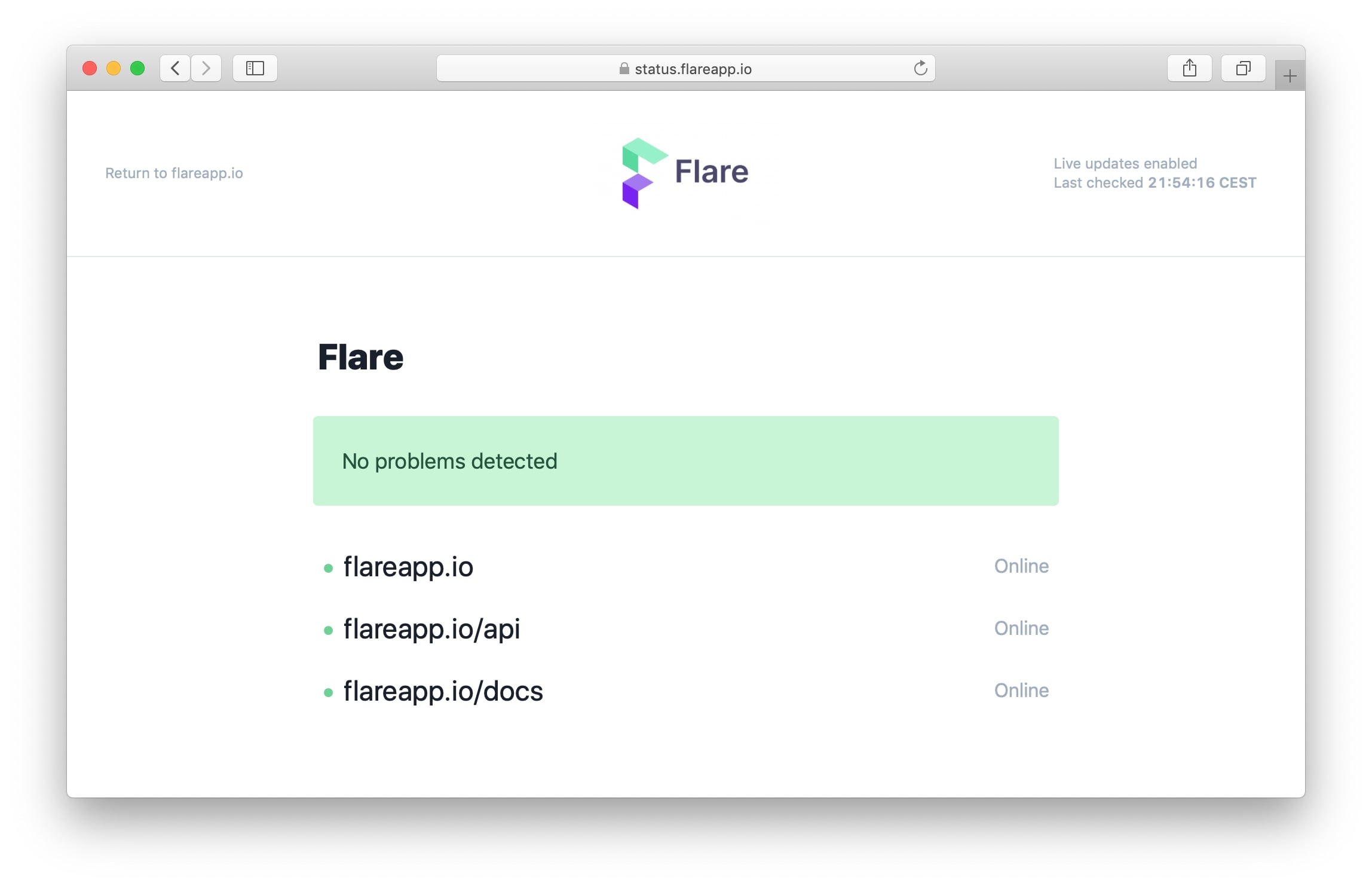React follows semantic versioning, but with a twist. From their versioning policy:
When releasing critical bug fixes, we make a patch release by changing the z number (ex: 15.6.2 to 15.6.3).
When releasing new features or non-critical fixes, we make a minor release by changing the y number (ex: 15.6.2 to 15.7.0).
When releasing breaking changes, we make a major release by changing the x number (ex: 15.6.2 to 16.0.0).
The twist is subtle: non-critical bugfixes are released as minor releases.
I've often wondered whether three digits really is necessary for versioning. As a package maintainer, deciding between minor and patch is often a gray area.
Two digits would suffice: breaking changes and non-breaking changes. Feature or bugfix doesn't really matter from a technical point of view: upgrading can either break things, or can't.
React reserves the patch number for critical bugfixes, which I believe is a necessary escape hatch in a two digit system. But I like I how they default to simply bumping minor versions.

